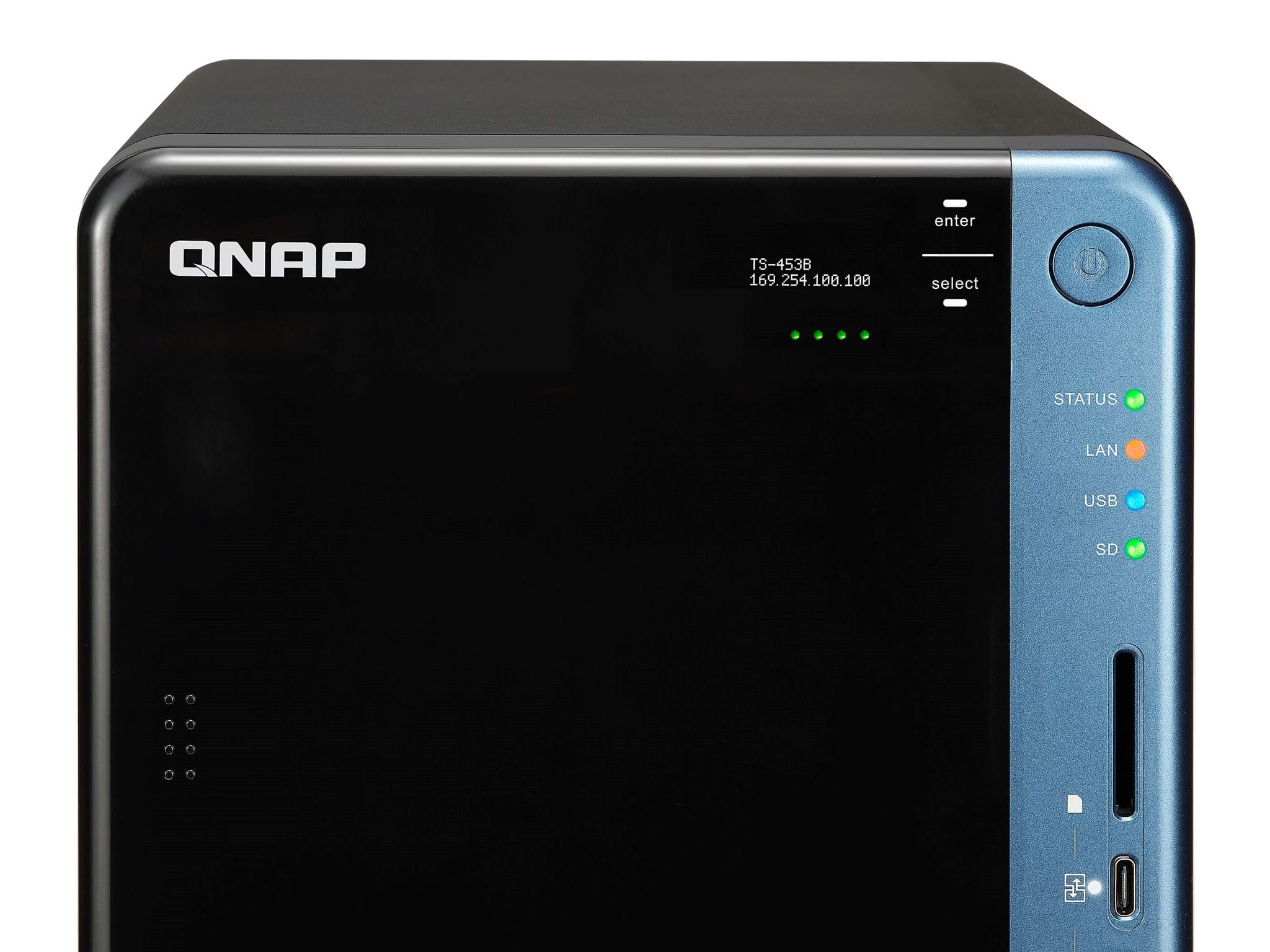But lately I have been in a "simplify my life" process, where I have focused on removing all the things that is "nice to have" but use my time and energy in management and support. Inevitably that also included the big and power hungry server on my attic and it's million services and complicated VM setup. So to start simplifying, I started moving my Mail service and Websites to a cloud solution, and eventually did a "make or break" list of home services I needed no matter what. Since my current server was getting old, I also wanted to evaluate if cutting enough services could allow me to replace it with something much smaller. A secondary but almost equally important objective, was to cut power consumption CONSIDERABLY in the process.
I used to have a HP ML110G7 Server with an Eaton 1000VA networked UPS in front, that combined used 88 Watts at the socket in idle mode, and about 96 watts on the average 24 hours a day. It provided me with 500Gb SSD and 9Tb diskspace after Raid - most of which was used for VM's, templates, backups and such.
The "make or break" list was eventually boiled down to the following need:
- 3 Tb harddrive (slow) diskspace that can do spindown/powersave when not used
- 240Gb SSD (Fast) diskspace for always on services and logging
- The ability to run PLEX Media Server including my home DVR solution
- The ability to run a pfSense Firewall solution
- Builtin snapshot service for quick Ransomware recoverability
- Diskspace should be expandable by replacing "on the fly" with bigger disks.
Optimally I would just get an appliance(s) solution that would take as little time as possible to setup and maintain. After a lot of research on features, performance, maintenance need and power consumption, I elected to go with a simple QNAP NAS solution instead of a new server. This little box solves all of my "make and break" needs in a simple appliance that uses very little power. The NAS itself obviously provides the needed fileservice, and using the included APP store, i could install a PLEX Media Server instance on it that can do DVR using my HD Homerun Expand Network Tuner. The box has two network interfaces, so by using the Virtualisation Station APP, I run a pfSense Firewall as a virtual machine on the NAS using one of the network interfaces as uplink to my ISP Fiber box (300/300Mbps).

